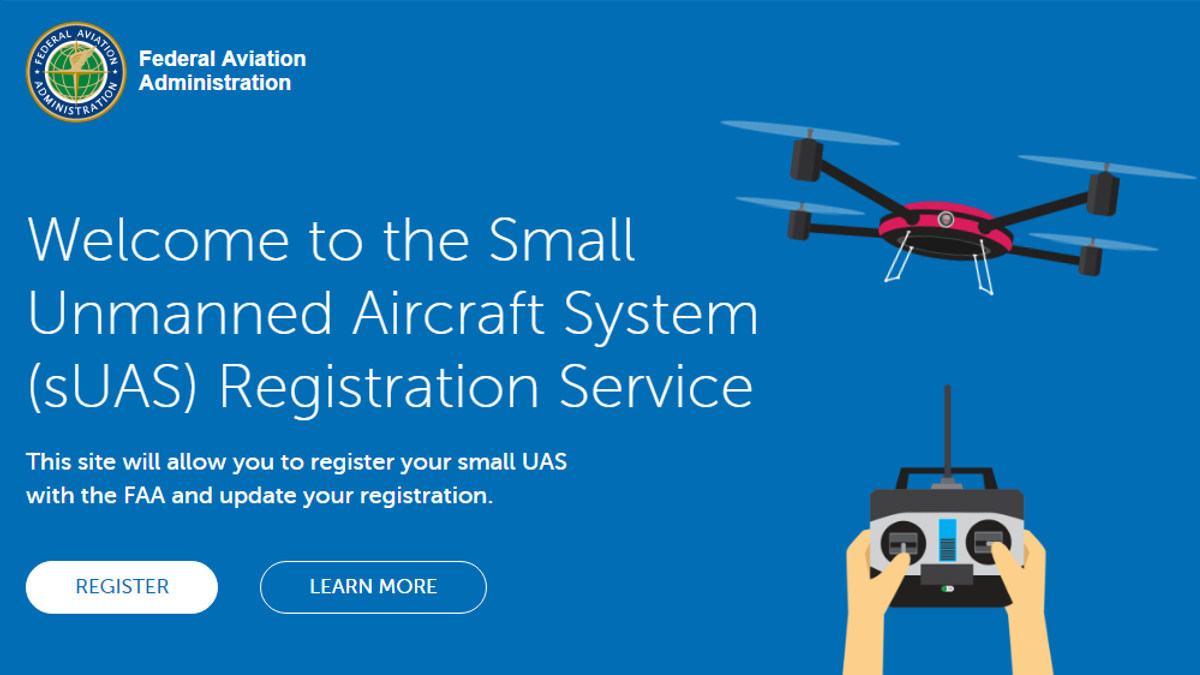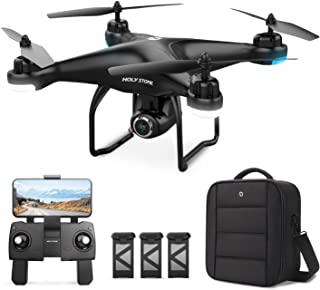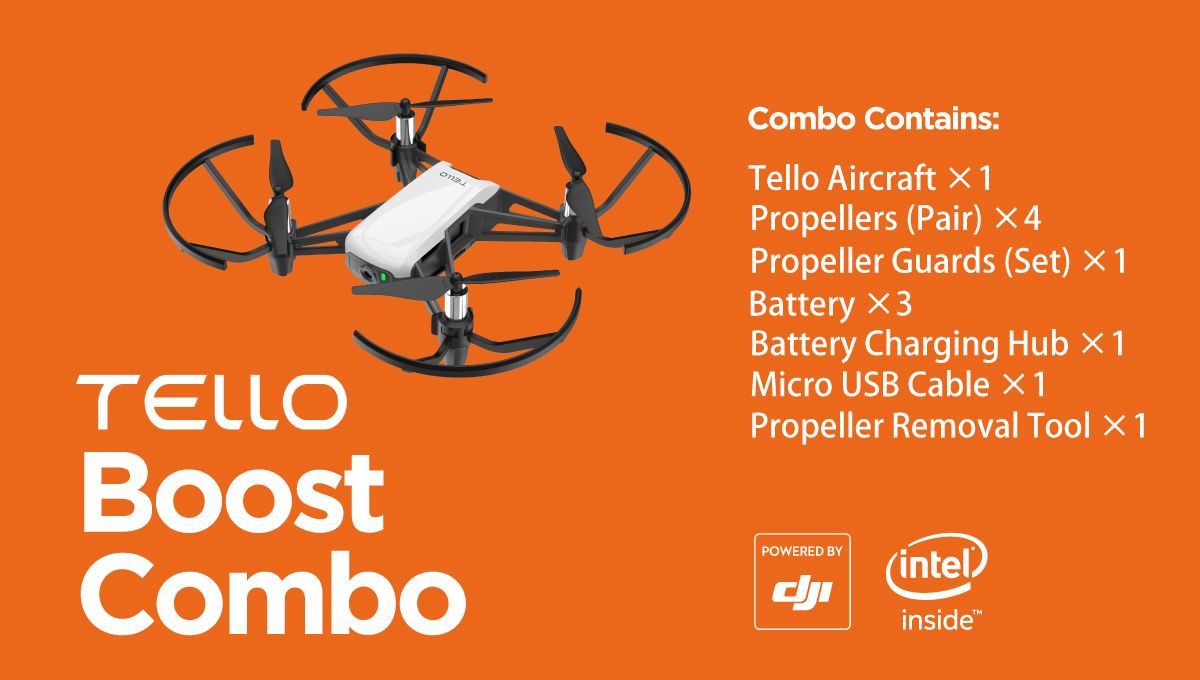
The ACTD saw a group of Navy and Army pilots operate a General Atomics MQ-1B Predator. It was a remote-piloted, multi-mission aircraft at medium altitude, and carried two AGM-114 Hellfire rockets. It is powered with a Rotax 914 motor. The MQ-1B Predator can be used since 1996.
MQ-1B Predator is an armed, multi-mission, medium-altitude, remotely piloted aircraft
The MQ-1B Predator is an American armed, remotely piloted aircraft that is used by the U.S. Air Force and the Central Intelligence Agency. General Atomics Aeronautical Systems Inc. from Poway in California designed the MQ-1B Predator. This multi-mission aircraft is medium-altitude and can be controlled remotely from a Ground Control Station thousands and miles away.
The Reaper represents an important technological breakthrough in UAV technology. The Reaper can target time-sensitive targets and detonate them using either a 500-pound bomb or a HELLFIRE weapon. The Reaper, a military-certified armed drone, is the largest UAV in the universe.
It also carries two AGM-114 Hellfire Missiles
The General Atomics mq 1 predator reportedly carries two AGM-114 Hellfire cruise missiles. These missiles can be used for both aerial and ground attacks, and were developed for use against terrorists in the early 2000s. One Hellfire weapon carries two AGM-114 Hellfire weapons, one for an enemy tank and another for an unidentified goal. The mainstay in US anti-terror UAV operations is the Predator armed, which has proved to be an invaluable asset.

The major problem with the Hellfire missiles was their cost. The new missiles are more expensive than the original one, and the launcher is not cheap. General Atomics engineers realized that a Predator's wing could not support two Hellfire missiles. The engineers had to design a new wings with hardpoints in order to hold them. The Predator's wing cross brackets and ribs were modified to accept the launchers. General Atomics engineers had to also redesign the wing hardpoints in order to launch the single-rail launcher. Big Safari quickly purchased multi-rail launchers from Navy.
It is powered with a Rotax 914
General Atomics Aeronautical Systems Inc. developed the MQ-1B Predator, a medium-lift multirole unmanned aircraft vehicle (UAV), to replace F-16 Fighting Falcon fighter plane. It is powered and weighed in at around 2,000 pounds by a Rotax914 turboprop engine. The aircraft has an estimated service life of 10 years and is currently in production.
The MQ-1, a modified version the GA Gnat 750, is a variant. The aircraft is used by the United States Air Force as well as the Central Intelligence Agency to perform aerial reconnaissance and forward observation. The aircraft can carry two AGM-114 Hellfiremissiles. They have been in service since the 1990s in Afghanistan as well as Pakistan. Since then, the U.S. military has used the aircraft in numerous combat operations including NATO bombings against Yugoslavia and the civil war in Libya.
During the ACTD it was operated jointly by a Navy/Army team
In January 1994, the Predator program began as an Advanced Concept Technology Demonstration. The mission of the demonstration was to examine the capabilities of long-endurance medium-altitude unmanned aircraft. The program's prototypes, known as RQ-1s, were used during the ACTD. In March 1994, both the Army and Navy had one Predator, which was attached to an Orlando-based Military Intelligence Battalion (Low Intensity).

Air Force, Army and Navy have maintained a close working relationship for many years. The Predator however is an exception. Although the relationship between the two services has been good, the Army brass is known for being competitive. The Army retained Gray Eagle after the Air Force tried to take over the Predator from Army. The MQ-1C was later upgraded, and a combined Army/Navy team was able to operate it during the ACTD.
FAQ
Where can I buy a drone?
You can find many different types of drones online. Some prefer to purchase their drones via Amazon, eBay, and Walmart. Others choose to purchase their drones directly from manufacturers.
Is it illegal for a drone to be flown?
Flying drones is an offense in certain countries, including Australia, Canada, Germany and Japan. It is legal in countries such as France, Italy Netherlands, Poland and Russia.
Traveling with a Drone?
Drones are becoming more popular, both for personal and business purposes. Drones are used for filming, photography, aerial mapping, search and rescue, as well as other purposes. Recent regulations regarding drones have been approved by FAA. They include new requirements for registration and licensing, pilot training, insurance, and other requirements. These changes will ensure that drones continue to be safe for all.
Are drones permissible at public events
You can fly your drone anywhere you like, provided you adhere to the rules. If you want to fly your drone in public events like parades, festivals, concerts, etc., you must get permission from the event organizers.
What is the main difference between a quadcopter or a helicopter?
Quadcopters are four-rotor helicopters that fly like traditional helicopters. It has four rotors that rotate independently. A quadcopter has four rotors. The hexacopter has six. Hexacopters offer more maneuverability and stability than quadcopters.
What is the law about drones flying on private property?
Recently, the FAA issued new rules regarding commercial drone flight. These rules do not apply to UAVs under 55 pounds or flying at less than 400 feet above sea level. Commercial operators must register at the FAA and apply for a license. Local authorities must also approve them if they are operating near airports or in other restricted areas.
Statistics
- According to industry research from ZipRecruiter , there are 10 cities where the typical salary for a Drone Pilot job is above the national average. (dronesgator.com)
- Research and Markets predict a growth rate of 51.1% over the next five years. (thedroneu.com)
- With the top 10% making over $100/h and the bottom 10% making as low as $10/h. (dronesgator.com)
External Links
How To
How to Fly Drones at a Beginning Level
A drone is a remote-controlled aircraft used for aerial photography, cinematography, surveillance, scientific research, and hobby purposes. Drone technology has been around since World War II. DJI's Phantom quadcopters became commercially available in 2010. Many types of drones have been made available since then, from beginner-friendly models such as the Parrot AR Drone 2.0, to high-end multi-rotor craft such as the DJI Mavic Pro.
There are several ways to fly a drone, including;
-
Remote control: This uses a remote control device that attaches to your hand and allows you control the drone along its flight path. There are two main types, On/Off switches (like radios) and joysticks.
-
Manual Control- This allows you to control your drone remotely via GPS coordinates. You must keep track of the location where you want the drone to go and follow the instructions from the app.
-
Autonomous Flying - This allows the drone to take over all of the piloting duties. It allows the drone to fly independently without any human intervention. It must have a builtin camera, sensors capable of taking images and data to enable autonomous flight.
-
Triggered flight - This is similar to manual control except that the pilot sets up a preprogrammed route and the drone follows the route until it reaches its destination. Once the programmed route is completed, the drone lands automatically and returns back to the base.
-
Landing Gear – A few drones come with landing gear. This allows them land safely in the event of losing power or running out of battery.
-
Goggles - Some pilots wear goggles to protect themselves from debris while operating.
-
Camera – Some drones have cameras, which allow you to take photos or videos from up high.
-
Obstacles-Some drones come with obstacle avoidance devices that keep them from hitting obstructions.
-
Speed – Some drones can reach speeds in excess of 40 mph.
-
Battery Life: Most drones have a battery life of between 20 and 30 minutes depending on how many power sources you use.
-
Some drones have a range of up to 30 miles, depending on their model.
-
Power source - Some drones need an external power source, while others use internal batteries.
-
Weight - Some drones can be as light as 1 pound while others can reach 4 pounds.
-
Size - The size of drones varies from small, easily carried devices to more substantial crafts that weigh in excess of 50 pounds.
-
Price - All drones fall within a specific price range, from high-end models that can cost thousands of dollars to lower-cost options starting at $100.